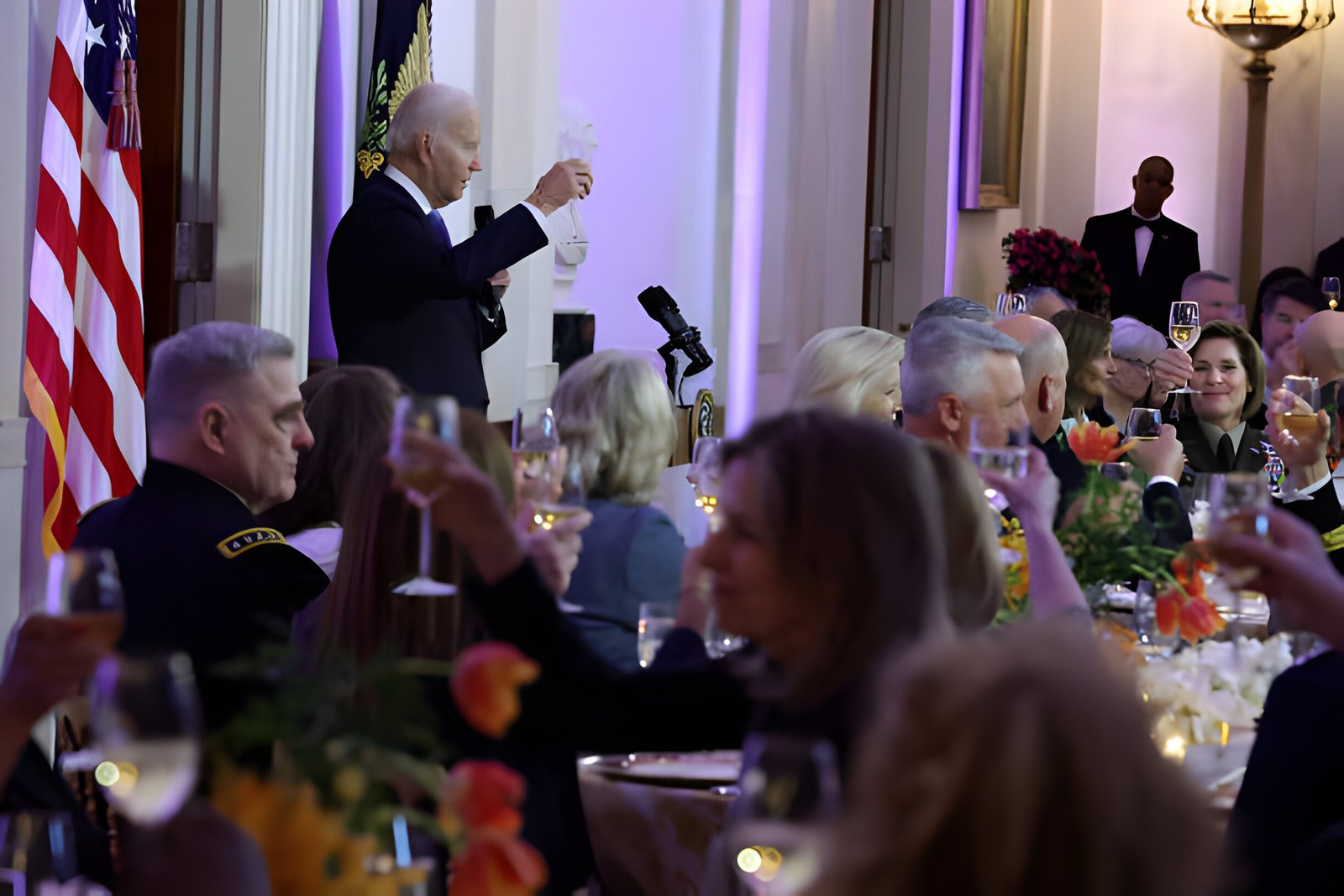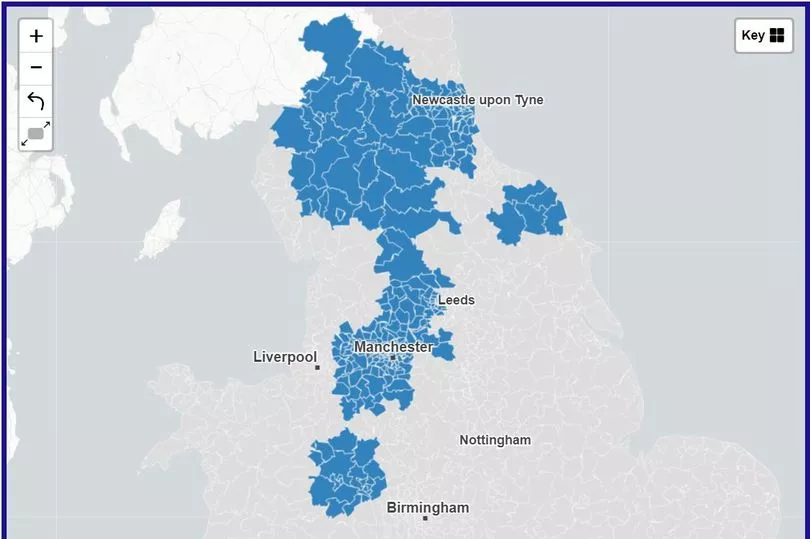Image Credits : Gettyimage
A challenge that modern presidents face is navigating the increasingly polarized political landscape. In an era of heightened partisanship, leaders must grapple with deep-seated divisions that permeate every aspect of governance. This complex issue has an impact on policy-making, public discourse, and the overall stability of democratic institutions.
Presidents today need to strike a delicate balance between advancing their party’s agenda and fostering national unity. They must develop strategies to bridge ideological gaps, build coalitions, and address the concerns of diverse constituencies. What’s more, modern leaders are tasked with harnessing emerging technologies and interdisciplinary collaboration to tackle complex issues, all while maintaining their tactical advantage in an ever-changing political environment.
The Growing Partisan Divide in American Politics
The partisan divide in American politics has reached unprecedented levels in recent decades, with significant implications for presidential leadership and governance. This growing polarization has an impact on policy-making, public discourse, and the overall stability of democratic institutions.
Historical context of political polarization
Political polarization in the United States has a long history, with periods of intense division dating back to the early 19th century. The issue of slavery caused progressive polarization starting in the 1830s, while the Gilded Age of the late 19th century saw high levels of political discord and even violence. In contrast, the 1950s and 1960s experienced greater bipartisanship, reflecting a post-World War II consensus in American politics.
Factors contributing to increased partisanship
Several factors have contributed to the widening partisan gap in recent years:
- Demographic shifts: The geographic and demographic makeup of both congressional parties has changed dramatically. Nearly half of House Republicans now come from Southern states, while nearly half of House Democrats are Black, Hispanic, or Asian/Pacific Islander.
- Media landscape: The rise of 24-hour partisan cable news has played a role in increasing polarization, particularly in the United States.
- Ideological alignment: Since the 1970s, major political parties have become increasingly aligned with certain ideologies, races, and religious identities. Republicans are now more likely to be religious, while Democrats are more likely to be secular.
Impact on presidential decision-making
The growing partisan divide has significant implications for presidential decision-making:
- Balancing act: Presidents need to strike a delicate balance between advancing their party’s agenda and fostering national unity.
- Coalition building: Modern leaders must develop strategies to bridge ideological gaps and build coalitions across party lines.
- Diverse constituencies: Presidents are tasked with addressing the concerns of increasingly diverse and polarized constituencies.
This challenge of navigating political divides has become a central aspect of modern presidential leadership, requiring skillful maneuvering in an ever-changing political environment.
Strategies for Presidential Leadership in a Divided Era
Building bipartisan coalitions
In an era of heightened partisanship, presidents need to prioritize building bipartisan coalitions to achieve their policy goals. Research has shown that legislators who attract cosponsors from both sides of the aisle are more effective in passing legislation. This approach has proven successful even as polarization in Congress has increased. To build these coalitions, presidents should encourage their party members to engage in cross-party collaboration and seek common ground on key issues.
Effective communication across party lines
Presidents must develop strategies to communicate effectively across party lines. This involves understanding the concerns of diverse constituencies and adapting their message accordingly. By showing empathy and addressing the needs of voters from different backgrounds, presidents can bridge ideological gaps and foster a sense of national unity. Transparency, authenticity, and consistency in messaging are crucial for building trust and credibility across different voter demographics.
Leveraging executive powers
When faced with legislative gridlock, presidents can leverage their executive powers to advance their agenda. However, they must strike a delicate balance between using these powers and maintaining democratic norms. Presidents should prioritize working with their own party members while also seeking opportunities to collaborate with the opposition. By demonstrating a willingness to compromise and find common ground, presidents can navigate the challenges of a divided political landscape and work towards effective governance.
Also Read : Black Comedians
Balancing Party Loyalty with National Unity
Navigating pressure from party base
Modern presidents face the challenge of balancing party loyalty with national unity in an increasingly polarized political landscape. The major political parties have become more homogeneous and aligned with certain identities and worldviews. This alignment has led to Republicans and Democrats living, working, worshiping, and socializing in different places, further exacerbating divisions.
Appealing to moderates and independents
To bridge these divides, presidents must appeal to moderates and independents. These voters, often overlooked and misunderstood, play a pivotal role in tight elections. True moderates, who hold opinions at the midpoint of the political spectrum, and “weird moderates,” who have a mix of views from both sides, are particularly important targets for presidential outreach.
Fostering a shared national identity
Presidents have the opportunity to foster a shared national identity by emphasizing commonalities among Americans. Despite significant polarization, 72% of Americans believe they have more in common than what divides them. Effective leaders can create a larger sense of “us” by using verbal and visual cues of unity, as demonstrated by New Zealand Prime Minister Jacinda Ardern during the COVID-19 pandemic.
To navigate these challenges, presidents must develop strategies to communicate effectively across party lines, build bipartisan coalitions, and leverage executive powers judiciously. By focusing on creating opportunities for people with different values and views to interact, presidents can work towards reducing divisiveness and fostering a more united nation.
Conclusion
The challenge of navigating political divides has a significant impact on modern presidential leadership. Presidents today must balance party loyalty with the need to foster national unity, all while addressing the concerns of increasingly diverse and polarized constituencies. This delicate balancing act requires skillful maneuvering in an ever-changing political scene, where building bipartisan coalitions and communicating effectively across party lines are crucial to achieve policy goals.
To wrap up, successful presidential leadership in a divided era hinges on the ability to bridge ideological gaps and create opportunities for people with different values to interact. By emphasizing commonalities among Americans and fostering a shared national identity, presidents can work to reduce divisiveness. This approach, combined with judicious use of executive powers and a willingness to find common ground, can help presidents navigate the challenges of a polarized landscape and work towards effective governance.
FAQs
What challenges do presidents face when trying to persuade various audiences?
Presidents face multiple challenges when persuading an audience, including the need to appeal to diverse groups, avoid exceeding their authority, and employ various persuasive techniques.
In what three ways can a president impact political events in the country?
A president can influence political events by vetoing or signing bills, representing the nation in international negotiations, enforcing laws passed by Congress, and serving as Commander-in-Chief during times of war.
How has the role of modern presidents in foreign policy changed compared to the 1800s?
Compared to the 1800s, modern presidents from the 1900s and 2000s are significantly more involved in foreign policy.
What is true about the power of modern presidents?
Modern presidents have expanded their power through regulatory review, which allows them to have authority over the implementation of laws.




